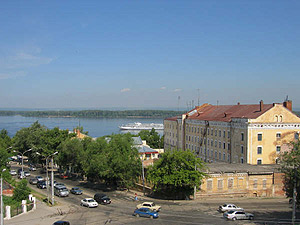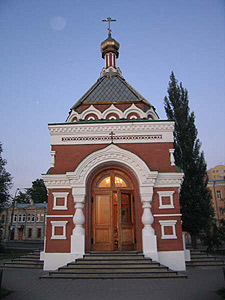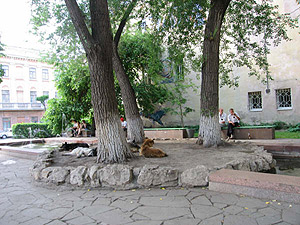What is Samara
A bustling southern Russian city situated on a bend
 |
|
in the Volga, Samara has the feel of a beach resort. There could not be a more perfect place for swimming in the Volga in any Russian city, with a seemingly endless riverbank that in summer is full of people enjoying the sun and sand in a festive atmosphere. But Samara is not just about the beach. It is also an alluring, intriguing city that is a pleasure to explore.
Starting out
 |
|
its existence as a fortress back in 1586, Samara prospered as a convenient spot for monitoring river traffic. During the Second World War Samara (at that time named Kuibyshev) became the reserve capital of the Soviet Union as German troops closed on Moscow. One result of this was the construction of Stalin’s bunker in the city, which is now one of Samara’s greatest tourist attractions. It also became a closed city during the Soviet years due to its aerospace industry.
An oil and mineral rich region, the new wealth in Samara is clearly visible. While parts of the city seem quite run down and many people are clearly poor, there is evidence of a growing elite in the upmarket restaurants, nightclubs and shops. As for the locals, people from Samara have a reputation for being sharp-tongued and it wouldn’t be honest to call this a friendly city. It is a captivating one though. Samara’s women also have a reputation as among the most beautiful in Russia.
Quite short on the traditional tourist sights,
 |
|
the best way to ‘see’ Samara is to just wander the streets. In doing so you’ll come across many charming, old, wooden houses, some fantastic architecture, serene parks, shady courtyards populated by old men and stray dogs and market stalls selling all manner of weird and wonderful things. And, of course, the blue, inviting waters of the Volga will never be too far out of the picture.



